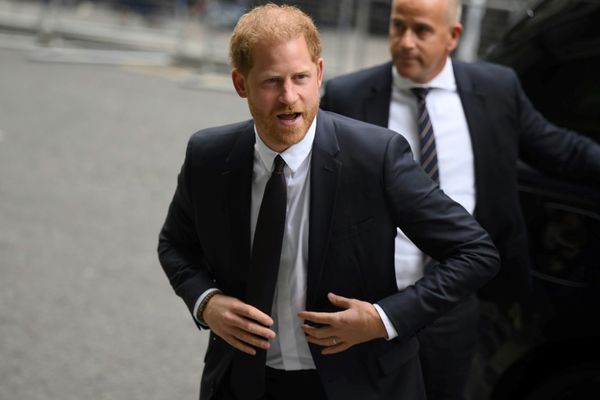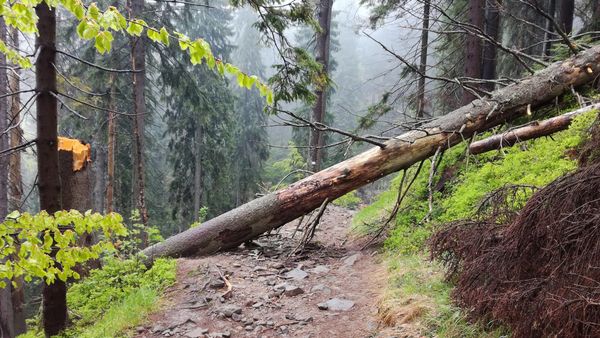It may get easier for visitors to get around Michigan's national parks and charge their electric vehicles, thanks to a state and federal partnership.
The state and the National Park Service are collaborating on a suite of "innovative mobility technologies" that can make it easier for visitors, regardless of crowds and their own physical mobility, to safely traverse the parks, according to a partnership announced last week.
"We know some of the big problems we're trying to solve," said Trevor Pawl, Michigan's chief mobility officer. "For instance, congestion, higher emissions than we'd like to see at national parks, connectivity issues, mobility issues."
Michigan has five national parks: River Raisin National Battlefield Park, Sleeping Bear Dunes National Lakeshore, Pictured Rocks National Lakeshore, Isle Royale National Park and Keweenaw National Historical Park.
Visitation has skyrocketed, particularly at Pictured Rocks, which will start charging entrance fees for the first time this year.
Through the partnership, the state and National Park Service will research projects that could improve visitor access, relieve traffic congestion, improve safety and limit emissions. They also will identify opportunities for electric vehicle infrastructure projects in the national parks.
Pawl described some possibilities for projects that could come from the partnership, including:
— Shuttles from cities like Detroit and Flint to national parks
— Shuttles within parks
— Apps that show available parking spaces
— Extending walkways that allow people with mobility issues more access to the parks
The state and park service will share the research and plan to host community meetings to help develop plans and proposals, according to their five-year agreement.
That would "position Michigan as a test bed for some of these new mobility technologies that, once they work, can be rolled out all over the country," Pawl said.
The partnership's activities will be funded by state and federal sources, Pawl said, although the amount depends on what projects are pitched and approved.
Officials from the state and park service announced the initiative recently at the Ford Piquette Avenue Plant in Detroit.
"The partnership we celebrate today advances the National Park Service's commitment to leveraging emerging technologies for cleaner and more sustainable transportation options that can also reduce congestion and improve experiences for park visitors," said National Park Service director Chuck Sams.
The agreement was signed April 13 by Michigan Department of Natural Resources director Daniel Eichinger, Michigan Department of Transportation director Paul Ajegba, Michigan Department of Labor and Economic Opportunity director Susan Corbin, regional National Park Service director Herbert Frost and the superintendents of Michigan's five national parks.
"It is a good fit," Ajegba said. "This is especially exciting because the benefits dovetail so well with my personal values, offering equitable access to treasured natural resources in our state while helping to alleviate emissions."







